





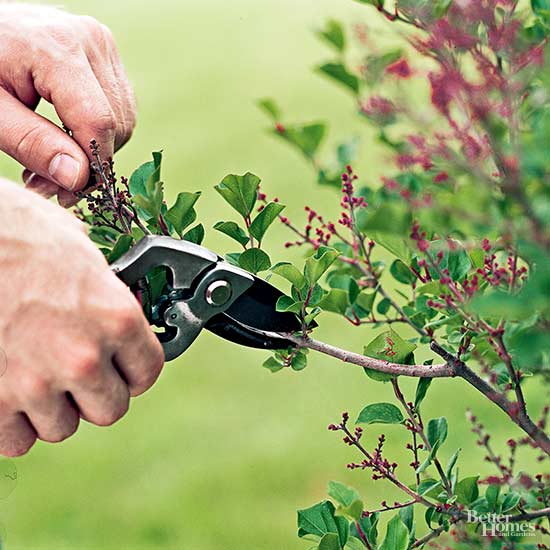
1. Know your USDA Hardiness Zone. Use it as a guide so you don't plant trees, shrubs, and perennials that won't survive conditions in your area.
2. Prune spring-flowering shrubs, such as lilacs, and large-flower climbing roses immediately after the blooms fade. They set their flower buds in autumn on last year's growth. If you prune them in fall or winter, you remove next spring's flower buds.
Learn more about hardiness Zones.
Learn more about pruning.
continue reading below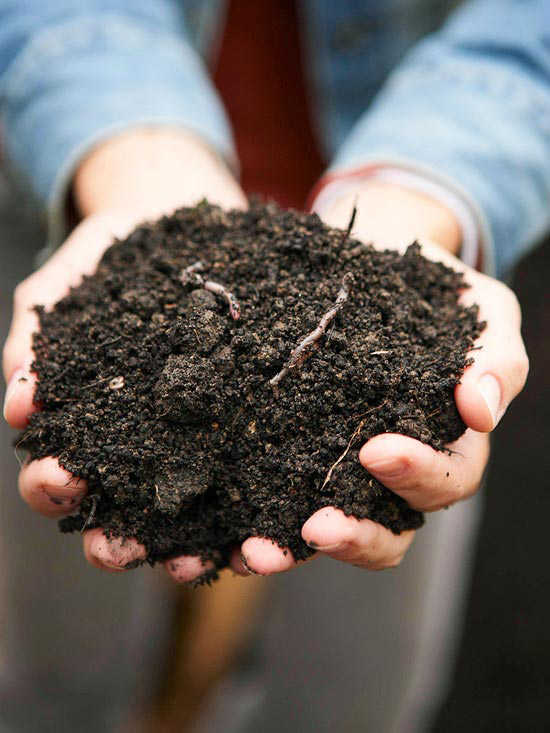
3. Apply only composted, rotted manure that has cured for at least six months to your soil. Fresh manure is too high in nitrogen and can "burn" plants; it may also contain pathogens or parasites. Manure from pigs, dogs, and cats should never be used in gardens or compost piles because they may contain parasites that can infect humans.
Learn more about soil amendments.
4. Perennials generally need three years to achieve mature growth. Remember the adage that they "sleep, creep, and leap" over the three-year period.
Learn more about perennial gardening.
5. Learn how long your growing season is -- your last frost in spring and first frost in fall -- so you can start some plants inside or avoid growing them.
Find your average last spring frost date.
Find your average first fall frost date.
Learn more about gardening in your region.
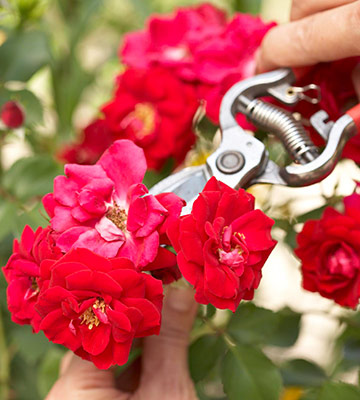
6. Deadheading -- removing spent and faded flowers -- is a good practice for perennials and annuals. Because the goal of annual plants is to flower, set seed, and die, removing the old blooms tells annual plants to produce more flowers. Removing spent flowers also encourages plants to place energies into stronger leaves and roots instead of seed production. Avoid deadheading plants grown especially for their fruits or pods, such as money plant (Lunaria).
Learn more about deadheading.
7. Grow vegetables in a location that gets at least 8 hours of direct sunlight every day. Most vegetables need full sun to perform well. If you have some shade, try growing cool-season crops such as lettuce, spinach, radishes, and cabbage.
Get tips for planning your vegetable garden.
8. The best approaches to controlling weeds in the garden are hand-weeding and hoeing. Avoid deep hoeing or cultivating that can bring weed seeds to the soil's surface. Weed early and often so weeds don't go to seed. Use mulch to smother and prevent annual weeds.
Check out our weed identification guide.
9. Hostas don't need to be divided unless you want to rejuvenate an old plant or increase the numbers you have, or because you simply prefer the look of single plants.
See our tips on how to divide hostas.
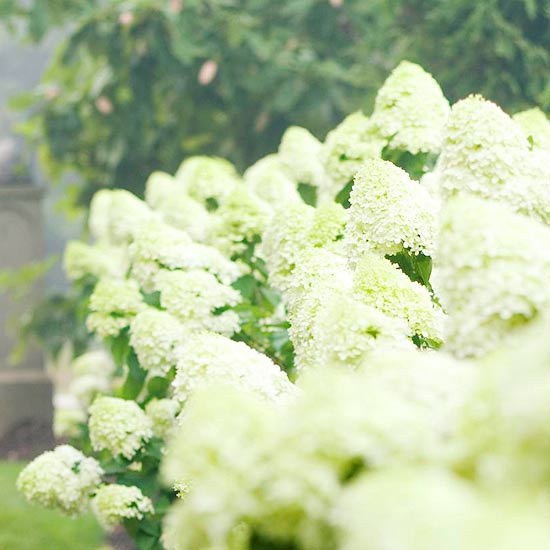
10. Not all hydrangeas grow in the shade. Panicle hydrangeas (Hydrangea paniculata) need sun for best flowering.
Some top panicle varieties include 'Limelight', Little Lime, Vanilla Strawberry, and Bombshell.
Learn more about different types of hydrangeas.
11. Don't clean up everything in your garden in fall. Leave ornamental grasses for beauty and the seed heads of perennials such as coneflowers to feed the birds. Avoid cutting back marginally hardy perennials, such as garden mums, to increase their chances of surviving a harsh winter.
See our fall garden checklist.
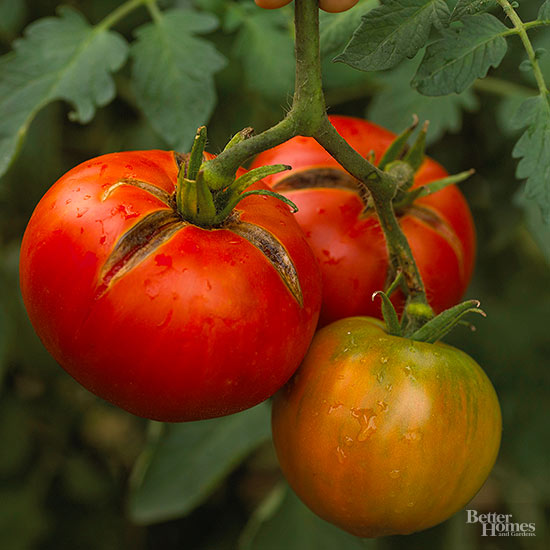
12. The optimal temperature for ripening tomatoes is between 68-77 degrees F. And at 85 degrees F, it's too hot for the plants to produce lycopene and carotene, the pigments responsible for the fruit color. Once temperatures consistently drop below 50 degrees F, green fruits will not ripen. Tomatoes that have a bit of color change can be brought inside to finish ripening.
Learn more about growing healthy tomatoes.
13. Plant spring-blooming bulbs, such as tulips, daffodils, crocuses, and hyacinths, in the fall before the ground freezes. In general, place the bulb in a hole that's two to three times the depth of the bulb.
Learn more about planting bulbs.
14. Deadhead spent flowers on spring-blooming bulbs so the plants send energy to the bulbs instead of into making seeds. Leave the foliage until it turns brown and can be removed with a gentle tug. The leaves store nutrients needed for the bulb to bloom the following year. Braiding or tying the leaves is not recommended because it reduces the amount of light to the leaf surfaces.
Learn more about caring for bulbs.
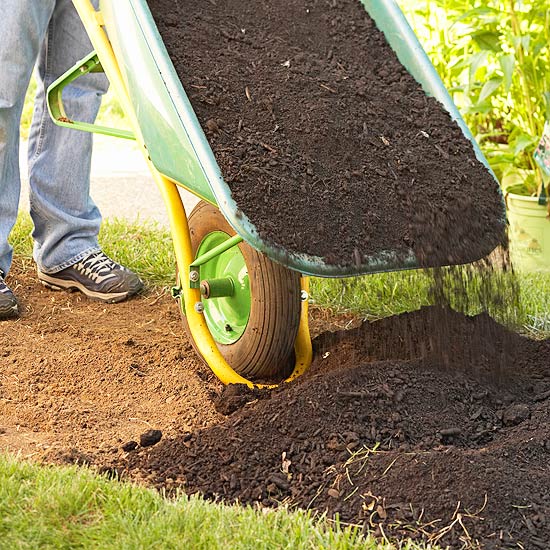
15. Fertilizer is not the answer to growing the best plants; soil quality is. Add organic amendments such as compost and well-aged manure to your soil. The best soil structure is crumbly, easy to dig, accepts water easily, and offers oxygen for plant roots. If you choose to use fertilizer, use an organic one to add nitrogen, phosphate, and potash.
Learn how to make compost.
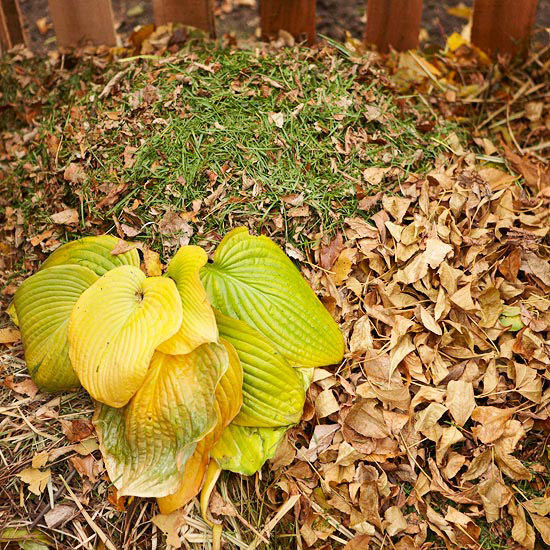
16. Late summer or early autumn is the best time to divide and transplant spring-blooming perennials. The most commonly divided perennials are irises, peonies, hostas, and daylilies.
Learn more about dividing perennials
17. If your rhubarb sends up flower stalks, remove them so the plant will focus on foliage production, not seed production.
Learn more about rhubarb.
18. When transplanting container-grown plants, dig a hole larger than the soil ball of the plant to aid with root establishment.
19. Mound your potato plants deep under the soil and store harvested potatoes in complete darkness. Exposure to light turns the skin of potatoes green, an indication that the potato has produced a colorless alkaloid called solanine, a bitter-tasting toxin that, consumed in large quantities, can cause illness. Cut away any green portions or sprouts on potatoes to avoid the problem.
20. Most in-ground garden plants grow best with 1 to 2 inches of water per week. If not enough rain falls, water deeply once a week instead of watering lightly daily. Frequent, shallow watering only moistens the top layer of soil and encourages the plant's roots to move there instead of growing deeper.

21. Don't send your fall leaves away! Chop them up and use them as compost ingredients. Pulverized leaves can be left to nourish the lawn. After several hard freezes, when plants have gone completely dormant, you also can use 3-6 inches of shredded leaves as mulch over tender perennials to keep them dormant over winter. Remove the mulch in spring.
22. Avoid digging or planting in wet soil; working it damages the soil structure. Wait until the soil is crumbly and no longer forms a ball in your hand (it doesn't have to be bone-dry) to till or dig.
23. Understand your soil's drainage. Roots need oxygen, and if your soil is consistently wet, there are no air pockets for the roots to thrive. Many plants prefer well-drained soil, so amend your soil with organic materials to improve the soil quality.
Learn more about watering your garden.
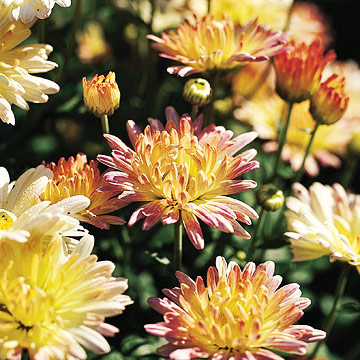
24. Some plants flower in response to day length. Chrysanthemums, poinsettias, strawberries, and others need long nights to produce flowers. If you want strawberries that flower and produce fruit when temperatures are between 35 degrees F and 85 degrees F, choose a variety labeled "day-neutral."
25. The roots of walnut trees produce a substance called juglone that is toxic to many sun-loving garden plants, including tomatoes and potatoes. (Black walnuts do not harm many shade-loving plants.) The toxic zone from a mature tree can be 50-80 feet away from the trunk. And the juglone chemical can get into your compost if you compost walnut leaves or nuts.
Helpful Advice And Tips On Organic Gardening
Gardening Tips - 11 Reasons Why You Should Compost
Water Management Tips - A Vegetable Gardening Guide
Organic Gardening Tips That You Want to Know
Learn from the Best Indoor Gardening Tips
What are the Most Important Vegetable Gardening Tips That You Should Know?
Copyright © www.100flowers.win Botanic Garden All Rights Reserved